Chopin’s Piano: A Journey through Romanticism Paul Kildea
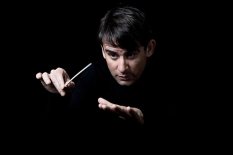 Australian conductor and writer, Paul Kildea, is best known for two slightly scandalous reasons. Firstly, in 2005, he resigned suddenly and unexpectedly from his controversial and ground-breaking reign as Artistic Director at the prestigious Wigmore Hall in London.
Australian conductor and writer, Paul Kildea, is best known for two slightly scandalous reasons. Firstly, in 2005, he resigned suddenly and unexpectedly from his controversial and ground-breaking reign as Artistic Director at the prestigious Wigmore Hall in London.
 Secondly, his 2013 biography of Benjamin Britten shocked readers by declaring that both the Britishcomposer and his philandering lover, Peter Pears, were syphilitic and that Britten, with many correlating symptoms, died from it. Britten’s doctors were fierce in his defence and critics suggested that Kildea must be embarrassed by having published an apparently erroneous posthumous diagnosis.
Secondly, his 2013 biography of Benjamin Britten shocked readers by declaring that both the Britishcomposer and his philandering lover, Peter Pears, were syphilitic and that Britten, with many correlating symptoms, died from it. Britten’s doctors were fierce in his defence and critics suggested that Kildea must be embarrassed by having published an apparently erroneous posthumous diagnosis.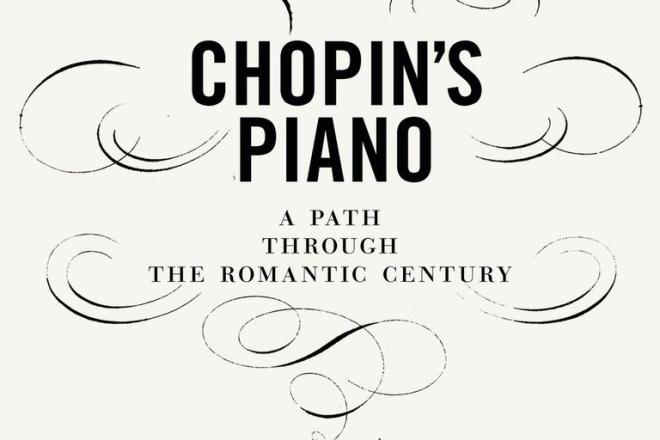 Kildea turns now to Frédéric Chopin, the great Polish pianist known for the cycle of 24 Preludes as well as the infamous Ballade No 1 in G minor Op no 23, a piece which is fiendishly difficult to play. Chopin was not without a reputation for salacious behaviour himself. He journeyed, in the company of the French novelist, Georges Sand (Madame Amandine Dudevant) and her two children, Maurice and Solange, to sojourn in Majorca so that he could compose and she could write in a clement climate.
Kildea turns now to Frédéric Chopin, the great Polish pianist known for the cycle of 24 Preludes as well as the infamous Ballade No 1 in G minor Op no 23, a piece which is fiendishly difficult to play. Chopin was not without a reputation for salacious behaviour himself. He journeyed, in the company of the French novelist, Georges Sand (Madame Amandine Dudevant) and her two children, Maurice and Solange, to sojourn in Majorca so that he could compose and she could write in a clement climate.
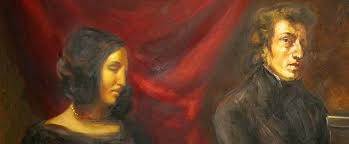
Things went wrong. Their lodgings were damp. Conservative Majorcans were hostile to the strange couple, even spitting at the children in the street. Sand described them as a ‘deceitful, selfish, stupid, spiteful, thieving and bigoted race’. Of course, she herself, at the age of 34, dressed in men’s clothes and conducted herself accordingly. Two years previously, Chopin had enquired of a friend, ‘is she really a woman?’
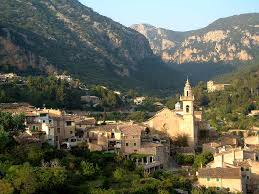
After some short periods in unsatisfactory rentals the entourage retreated to a nearly deserted monastery in the hilltop village, Valldemossa. Here the views were beautiful, the daytime skies dotted with thermal-gliding eagles whilst, after multi-hued sunsets and twilights, the moon and stars glistened in the clear darkness. But winter set in, cold and damp, and the sun rarely penetrated the surrounding hillside woods. Chopin was coughing incessantly.

- Bauza’s pianino
There was no decent piano and although Chopin was shipping one from France he was working within the limitations of a pianino made by a local craftsman, Bauza. Almost as soon as the superior instrument was delivered Sands and Chopin left it, and Majorca, behind to return to the more liberal mores of France. The French instrument was sold to the Canut family in Palma whilst the locally crafted pianino, on which he had done most of his work on the island, was ignominiously deserted in the monastery cell, its six and a half octaves of ivory keys yellowing as time passed.
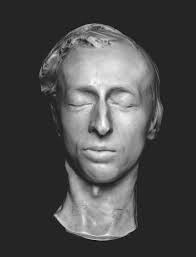
On the journey from their rooms down to the coast Chopin was spitting blood: he later died of tuberculosis at the tragically early age of 39. But, he told Liszt, in spite of everything, the visit had been ‘suffused with such female tenderness and musical inspiration’. For her part, Sand wrote of him as a ‘brilliant, delicate and unselfish soul’. She continued, ‘no wit more brilliant in its moments of gaiety, no intelligence more serious and complete in its domain’. Sadly the relationship failed as Chopin’s health deteriorated further and she found him oversensitive and darker.
Kildea does not set out to write about Sand and Chopin in Majorca. Instead he charts the history of the Mallorquin pianino. After it was abandoned the instrument mouldered in its monastic cell until 1914 when it was rescued by the famous Polish pianist, Wanda Landowska.
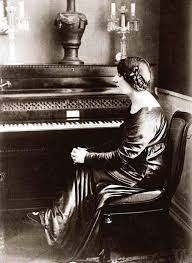
It then got stolen by the Nazis but was recovered after the war. Its current location, however, is uncertain, as is that of the second piano shipped in from France. It has been a frustrating search but one which, along the way, educated Kildea in the cultural contexts of Romantic music, in terms of concert programming practices and musical taste, as well as the development of the capabilities of pianos and pianists.
Works cited
Kildea, P. Chopin’s Piano: A Journey through Romanticism. 2018. Allen Lane.
See also Chopin, the Nazis and the Spanish Piano Dr Paul Kildea: thecultureconcept.com
A version of this review was first published on the 18th August 2018 in the Weekend Section of the Irish Examiner. It is reproduced here by permission of the Editor.
Watch out for a film of the book coming soon starring Daniil Trifonov.